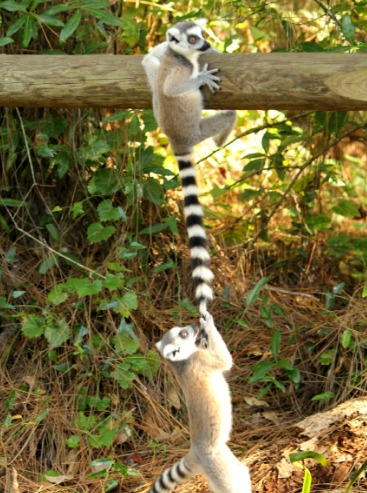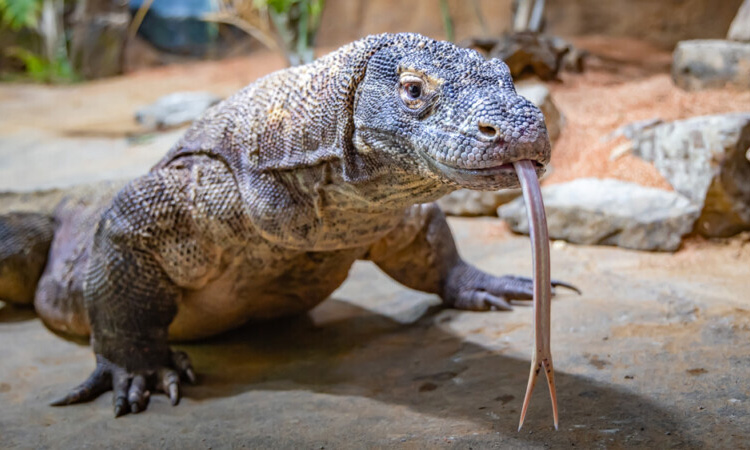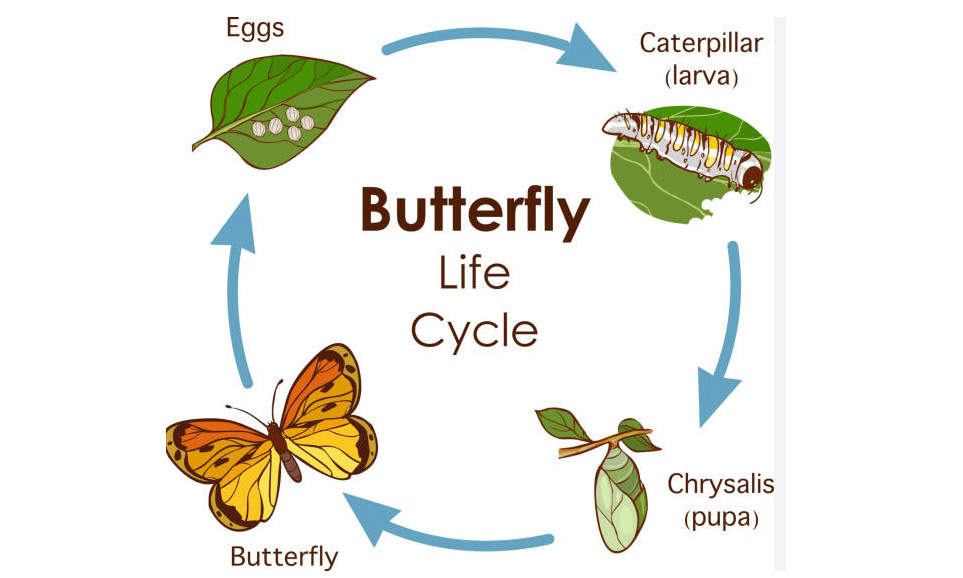The Hanging Lemur is a fascinating primate species native to the forests of Madagascar. They are known for their unique acrobatic abilities and distinctive appearance.
Native Habitat
Hanging Lemurs primarily inhabit the tropical rainforests of Madagascar, where they spend most of their time hanging upside down from tree branches. They have long limbs and a tail that they use to grip onto branches, enabling them to navigate through the dense forest canopy with ease.
Acrobatic Skills
One of the most remarkable characteristics of Hanging Lemurs is their acrobatic skills. They are able to move swiftly and gracefully through the trees, leaping from branch to branch with precision. Their long limbs and flexible bodies allow them to perform impressive aerial maneuvers.
Dietary Habits
Hanging Lemurs are primarily herbivorous, feeding on fruits, leaves, flowers, and occasionally insects. They have a specialized digestive system that helps them efficiently digest their plant-based diet.
Social Behavior
Hanging Lemurs are social animals that live in small family groups. They communicate through vocalizations and scent marking, and engage in grooming and play behavior with their group members.
Conservation Status
Hanging Lemurs are classified as “Vulnerable” by the International Union for Conservation of Nature (IUCN). They face threats such as habitat loss due to deforestation, hunting, and the pet trade. Conservation efforts are underway to protect their natural habitat and ensure their survival.
In conclusion, the Hanging Lemur is a remarkable primate species with unique acrobatic abilities. Their graceful movements through the forest canopy make them a truly fascinating animal to observe in their natural habitat. It is crucial to protect these endangered primates to ensure their continued existence in the wild.




